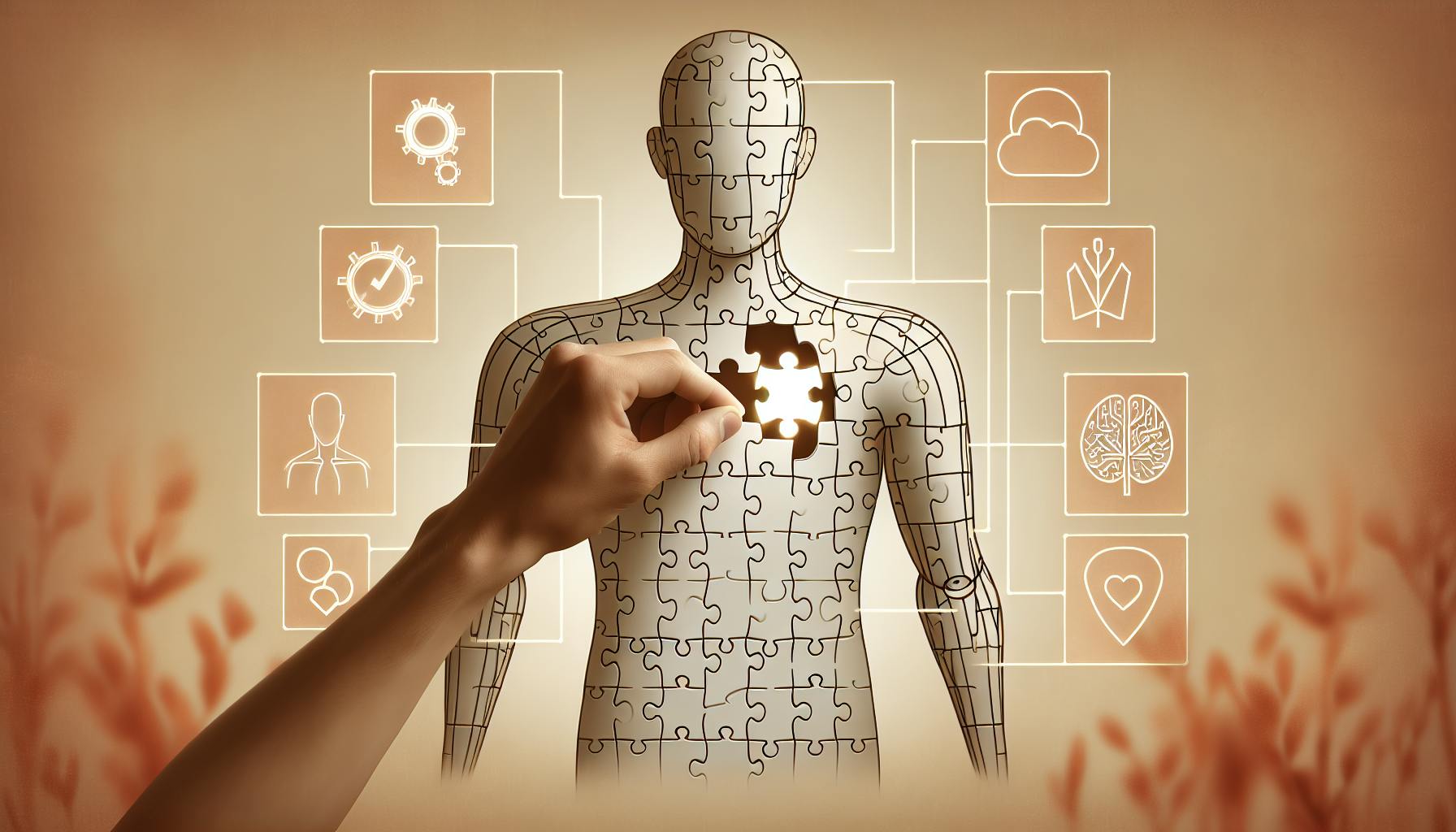Introduction to Transformative AI Projects in Python
Artificial intelligence (AI) and machine learning have made incredible advances in recent years, with new innovations emerging constantly. Popular Python libraries like TensorFlow, PyTorch, and Keras power many cutting-edge AI applications.
In particular, the advent of large language models like GPT-3 has enabled more natural conversations with AI. Services like ChatGPT showcase the possibilities, but also have some limitations around accuracy and customizability when applied to niche topics.
ChatGPT struggles with providing accurate responses for specialized domains outside its general training data. Its objectivity and transparency also need improvement in certain situations. Personalization options are currently limited as well.
This presents opportunities to take artificial intelligence projects in Python to the next level. New tools are emerging to fine-tune GPT-3 models for niche domains. And by integrating specialized GPT agents, we can overcome constraints while enhancing capabilities.
The goal of this guide is to showcase innovative ways developers can expand ChatGPT through custom Python projects. We’ll align with the mission of All GPTs Directory, which provides users a comprehensive catalog of tailored GPTs to augment ChatGPT.
Let’s explore the state of conversational AI, key Python libraries for building assistants, creative project ideas, and actionable tutorials for getting started.
ChatGPT Capabilities and Limitations
ChatGPT delivers impressive features like text generation, summarization, and coding assistance through natural language interactions. However, as a generalist model aiming for widespread usefulness, it also comes with some tradeoffs:
- Accuracy can suffer for niche topics outside its training data. For example, ChatGPT struggles to provide reliable legal advice.
- Objectivity and transparency need improvement in high-stakes situations. Its responses do not always show its confidence level.
- Personalization options are currently limited. Users cannot customize personas or tune responses to their preferences.
Specialized GPTs from the All GPTs Directory help mitigate these weaknesses. By integrating finetuned models for domains like education, marketing, or customer support, users can enjoy:
- Improved relevance with focused training data. A tutor GPT provides accurate math explanations.
- Custom interactions tailored to use cases. A sales GPT generates pitches matching user needs.
- Controls for adjusted risk/reward tradeoffs. A medical GPT clarifies confidence levels.
For instance, a tutor GPT could provide more reliable math explanations for students, while a marketing GPT generates optimized campaign copy.
Key Python Libraries for AI Development
Python offers an extensive stack of libraries for rapidly building AI proof-of-concepts and production-grade systems:
- TensorFlow enables designing deep learning neural networks for tasks like classification and prediction.
- PyTorch provides flexible building blocks for developing advanced ML models.
- Keras lets developers quickly prototype models through user-friendly APIs.
These tools empower developers to create natural language classifiers, deploy ML-enhanced services, and even fine-tune GPT-3 itself. The All GPTs Directory provides resources to accelerate training tailored GPTs using Python and integrates seamlessly with ChatGPT.
Innovative AI Projects to Enhance ChatGPT
Creative developers are pushing the boundaries of what’s possible by combining conversational AI with other techniques:
- Interactive fiction blends text adventures with adaptable storylines controlled by the user.
- Sentiment classification adds emotional awareness and empathy by detecting sentiment in text.
- Personalized avatars anchor interactions and build rapport by generating visual avatars.
And the modular architecture of ChatGPT allows integrating specialized GPTs from All GPTs Directory to take customization even further:
- A travel booking assistant GPT improves goal-oriented dialog to efficiently book flights.
- A software support GPT delivers faster, more accurate technical help by understanding code.
- An ecommerce concierge GPT makes shopping interactions delightful through personalized recommendations.
Opportunities abound for transformative artificial intelligence projects in python that reimagine the future of AI assistants!
Tutorials on Implementing AI Assistants in Python
Let's walk through practical guides for developing augmented AI services in Python:
- Gather, clean and prep text data for training machine learning models.
- Build classifiers using TensorFlow and PyTorch to categorize text.
- Analyze sentiment with contextual awareness to detect emotion and empathy.
- Deploy conversational services with Flask and Streamlit to interact through chat.
With GPT models from the All GPTs Directory as customizable building blocks, developers can create specialized assistants faster. And the community provides support each step of the way.
Follow along with coding examples, expert tips, and resources to start creating your own transformational AI projects in Python!
Transformative Impacts and Future Outlook
This new generation of AI leveraging innovations in Python and large language models unlocks incredible potential. Hyper-relevant GPT agents from the All GPTs Directory integrate seamlessly with ChatGPT to enhance capabilities.
As this guide demonstrated, creative applications of conversational AI deliver magical moments of delight and wonder. Assistants can now achieve expert-level mastery of niche domains with the right approach.
And the future roadmap hints at even more ambitious goals ahead like reasoning, transparency, and independently learning new skills. AI assistants may one day become creative collaborators rather than just tools.
The transformative impacts of these innovations inspire awe and optimism for the future as AI services better serve humanity.

